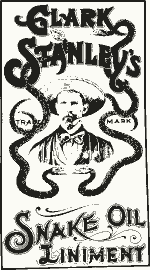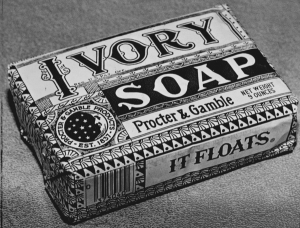How It All Began – the birth of electronic advertising
Today we see the benefit of mixing all advertising mediums. Especially with the popularity of social media businesses are realizing that print, electronic, and social all go hand-in-hand to build their brand and essentially drive up revenues. However, in the 1900s when radio and television came to be, the print advertising world saw the electronic advertisers as competition. Later in the 1900s advertising was bombarded with good and bad propaganda. Politics and medicine became the advertising headliners. Consumers were assaulted with corrupt marketing messages. Amongst all the corruption stood the ethical printers and advertisers – they struggled to use advertising as a positive marketing method against the negatives of those companies that printed anything to get their publication in front of consumers. 
As print advertisers continued to try and change their image into one that reputable businesses would use, the electronic media gave a voice to America. The first radio advertising broadcast occurred on November 2, 1920, at which time KDKA Pittsburgh announced the 1920 presidential election results. Radio advertising slowed during the Great Depression but shortly after the end of World War II radio began to grow substantially. As a matter of fact, by 1938 radio had surpassed magazines in advertising generated revenues. As the radio found its foothold in American households it became the primary source of entertainment. Radio wasn’t just for advertising or for announcements. As the dynamics of the American family changed and grew with the times it became necessary for companies to advertise household goods and services to their radio audiences. The household goods and services market experienced substantial growth from their radio advertisements. Companies proved that electronic advertising worked.

 Now that printing on paper was a necessity and becoming common practice, P&G took a gamble and printed a simple design on white paper and began packing their product for mass usage. The majority of the $11,000 was spent on product packaging. The gamble paid off.
Now that printing on paper was a necessity and becoming common practice, P&G took a gamble and printed a simple design on white paper and began packing their product for mass usage. The majority of the $11,000 was spent on product packaging. The gamble paid off.